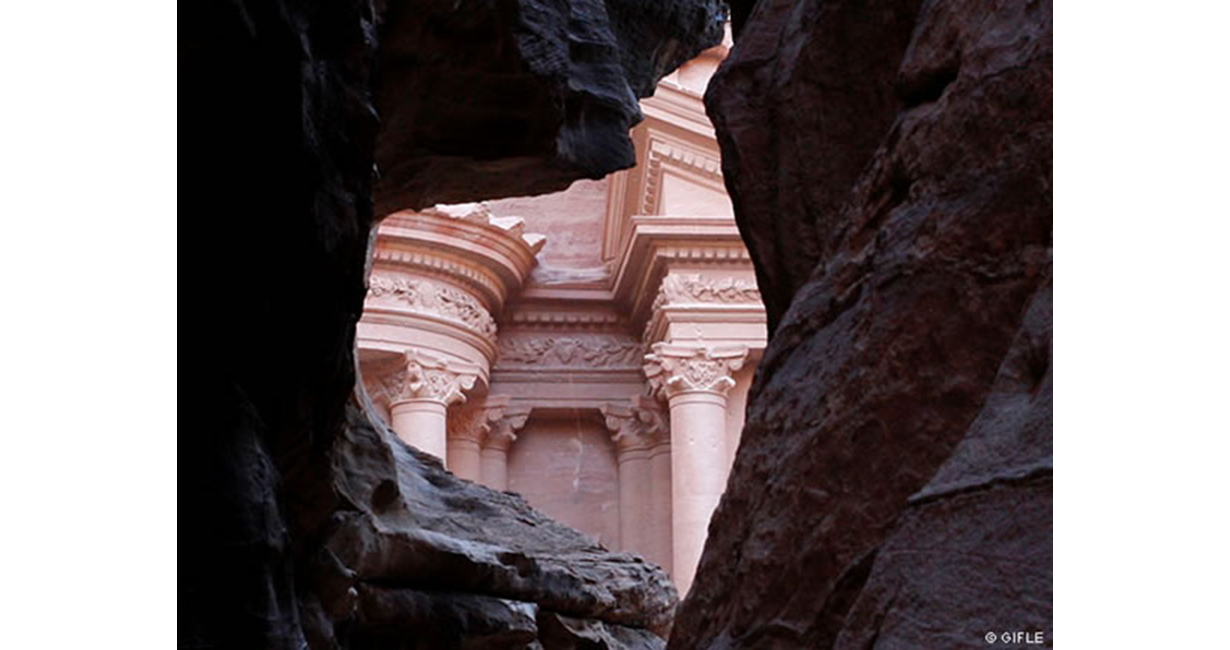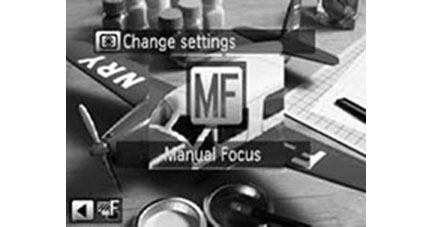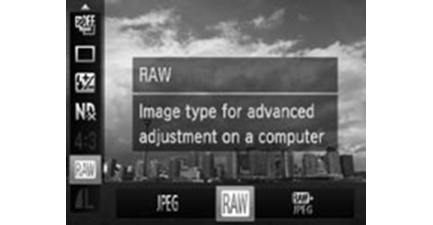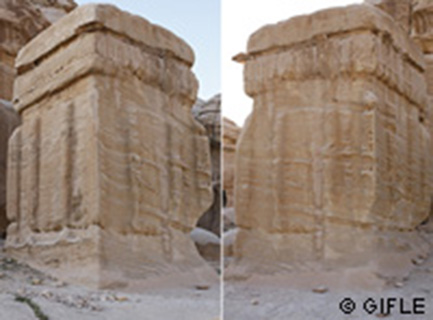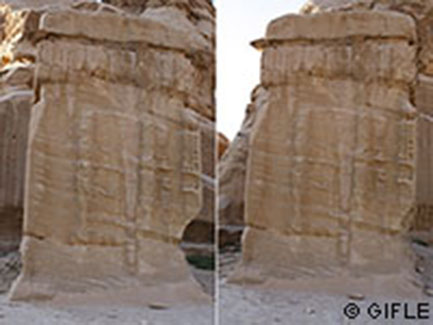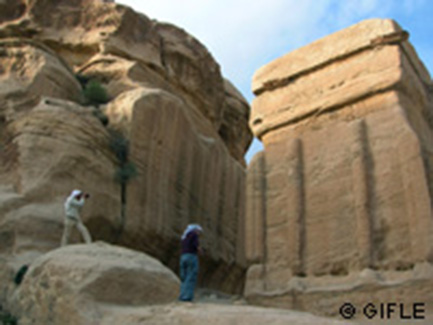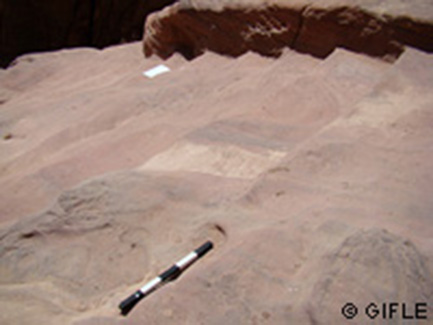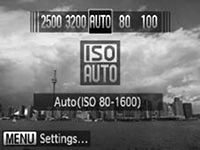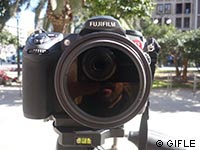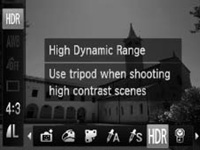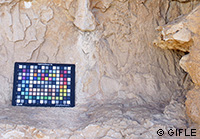Keep fixed the focal distance, do not change the zoom and switch off the autofocus. Focus to your target and try to keep the focus to work with it as much as possible without changing the parameters. Whenever you need different focus, try to shoot sequentially without interchanging the principal distance.
Work always in RAW mode. With raw image files you will be able to develop your picture preserving maximum information.

